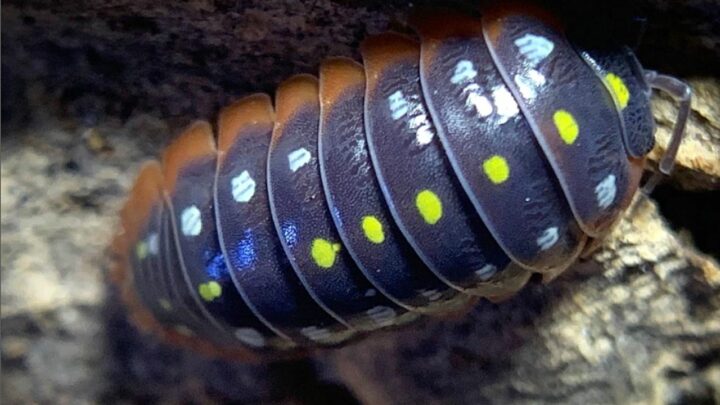Clown Isopods (Armadillidum klugii) get their name from their distinctive scattered coloration, which ranges from yellow to milky white based on the type.
They are commonly advertised as A. Klugii Montenegro or variants thereof by bug and isopod collectors.
They’re presumably a native protection system to repel would-be attackers and be gorgeous. Their attitude, however, seems to fit their environmental adaptations since they are timid and avoidant.
Isn’t that what you’d anticipate from a creature named a Clown Isopod?
Clown Isopods Care
Clown isopods are quite active and require a terrarium of at least 10 gallons. They’re a resilient variety that even amateurs can care for. Armadillidum klugii requires a humid environment with a dry side. Temperatures are around 70-84 degrees Fahrenheit or 21-28 degrees Celsius.
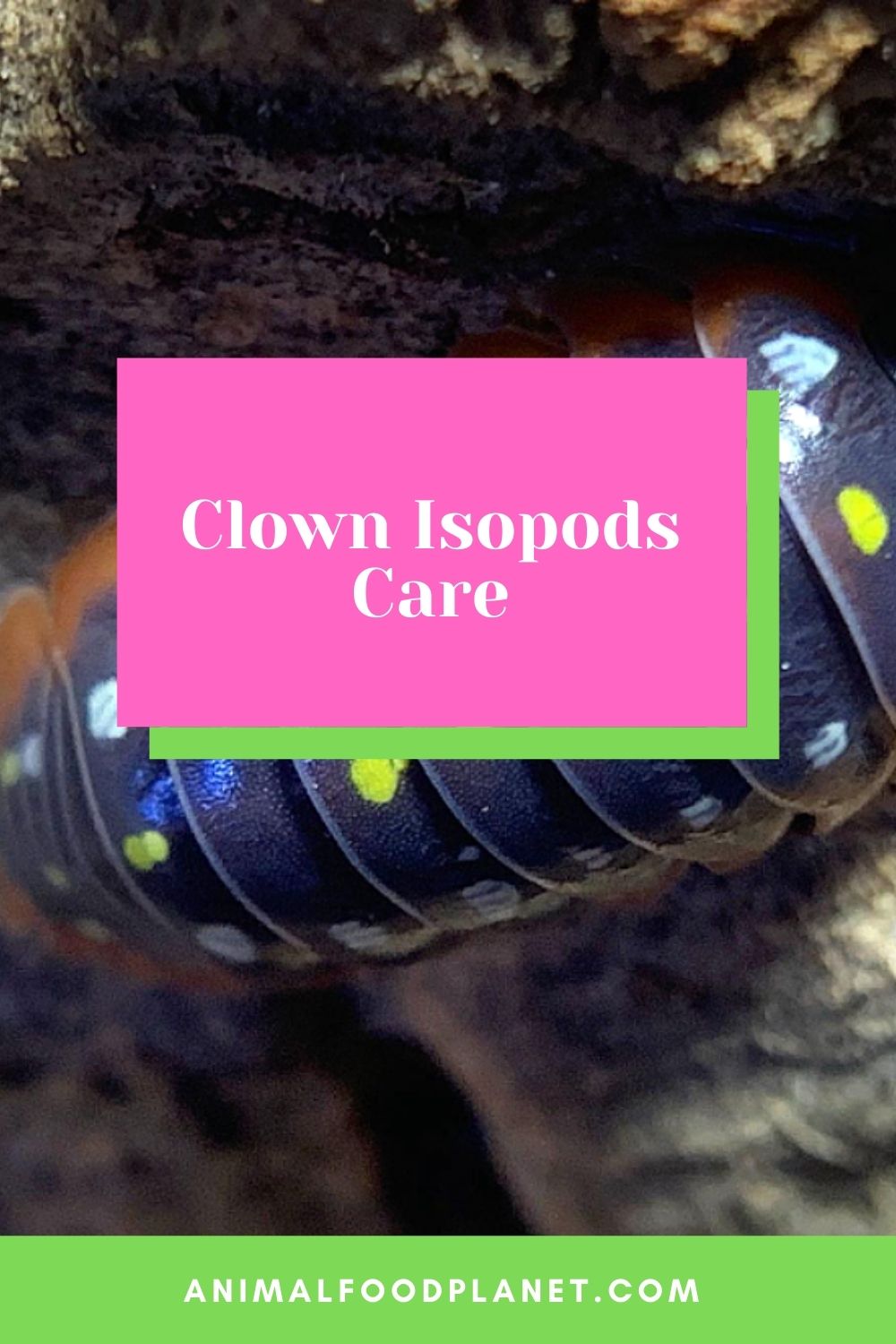
Clown Isopods Care
Keeping Your Clown Isopods Alive – The Best Care Tips
Armadillidum klugii are identified not just for their patches but also for where they came from.
Armadillidium klugii is a lesser-known, uncommon Balkan woodlouse from Dalmatia, particularly notable for its red patterns, which mimic those of the Mediterranean black widow Latrodectus tredecimguttatus.
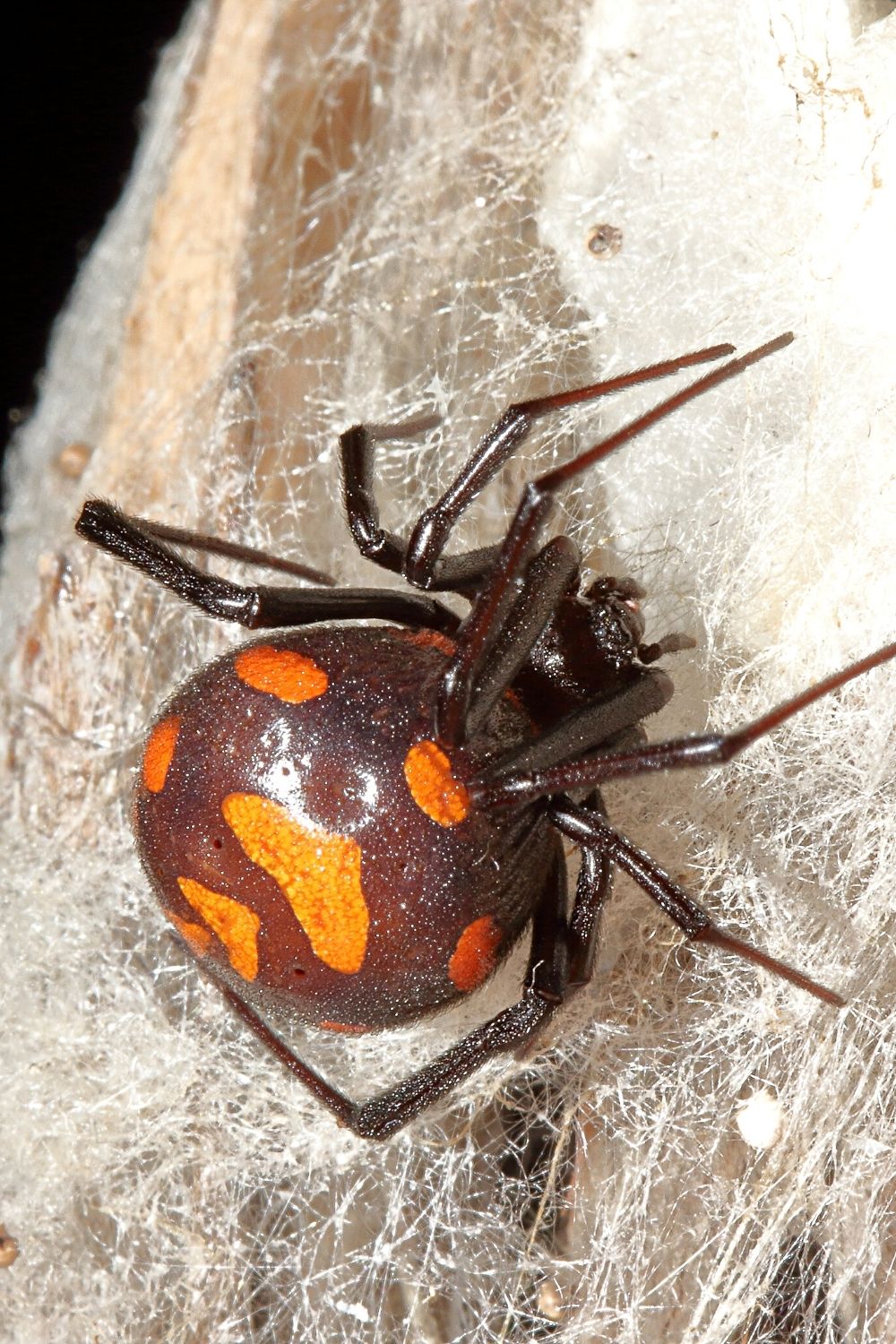
The Clown Isopods’ red patterns on its back closely mimics those of the Mediterranean Black Widow’s patterns
This is most likely a form of imitation to deter hunters who would confuse the tiny creature for a poisonous spider.
It gives origin to the famous ‘Montenegro’ and ‘Dubrovnik’ types (from Europe’s Balkan areas) with their very own distinct sprinkling of vibrant hues.
Montenegro has colored patches rather than basic white dots, and it has a more crimson appearance than Croatia.
These little bugs (actually they are not bugs but crustaceans) must be maintained in an environment that closely resembles what they would have in their natural habitat.
The dimensions of the container, what’s within, nourishment, and ecological features are all factors to consider when caring for an isopod.
Size
They can develop to be up to 0.82 inches in size (2.1 cm) as adults.
Clown isopods are also beneficial as live food for several amphibians and reptiles, and the calcareous exoskeleton provides a significant calcium concentration.
Unlike many other Armadillidium varieties, which have black dorsal plates, A. klugii has a grayish-brown foundation coloring with three rows of white spots going front to back.
The middle row yellows as they mature. These pale patches are meant to resemble the rows of the Mediterranean black widow.
Lifespan
For the most part, Isopods only live a few years. On the other hand, most bug species have a more periodic life cycle.
Some isopods can survive for 5 years if they’re properly taken care of.
A bug’s overall lifespan is determined by a number of variables, the majority of which are related to its surroundings.
Here is where you enter the picture. Your Clown isopods would have very few unique requirements that must be addressed if they are to have the highest chance of survival.
Difficulty
Bugs, in general, are famous for their ability to withstand a variety of challenges, despite the fact that they aren’t long-lived creatures.
It was only just a few years ago that Clown Isopods were discovered, hence, not much is known about them yet.
They are also secretive, giving them a valuable addition to any bug collection. Even though they aren’t the toughest creatures, caring for a Clown isopod isn’t difficult once you understand how to do it correctly.
Enclosure
Clown Isopods are known for establishing themselves in new societies for a long time. It appears that killing some in the early stages is also pretty usual.
They wouldn’t do good when constantly moved.
If you’re going to place them in a bioactive terrarium or habitat, it’s important growing them individually to bring their population up.
Transparent boxes work well as long as you increase them to the proper capacity and don’t stuff too many bugs into them at once.
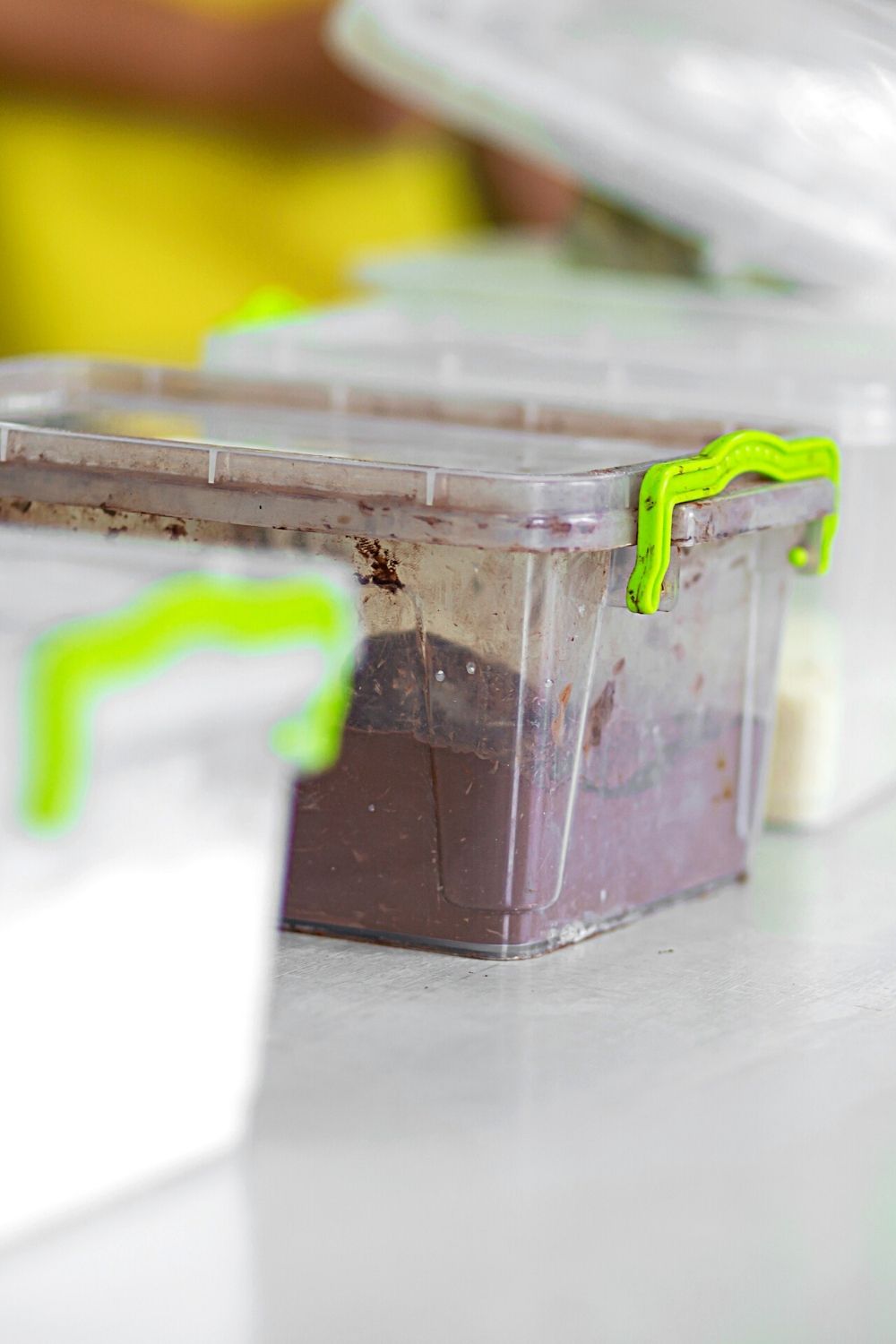
Transparent boxes, such as these kitchen containers, can work to store clown isopods
Because of the slick texture, the majority of pill bugs are unable to climb the sides of a glass container.
Apply a tiny coating of Vaseline underneath the lid if you desire to be extra cautious. The most typical explanation for these isopods scaling a tank is because the acrylic is scratched and scuffed.
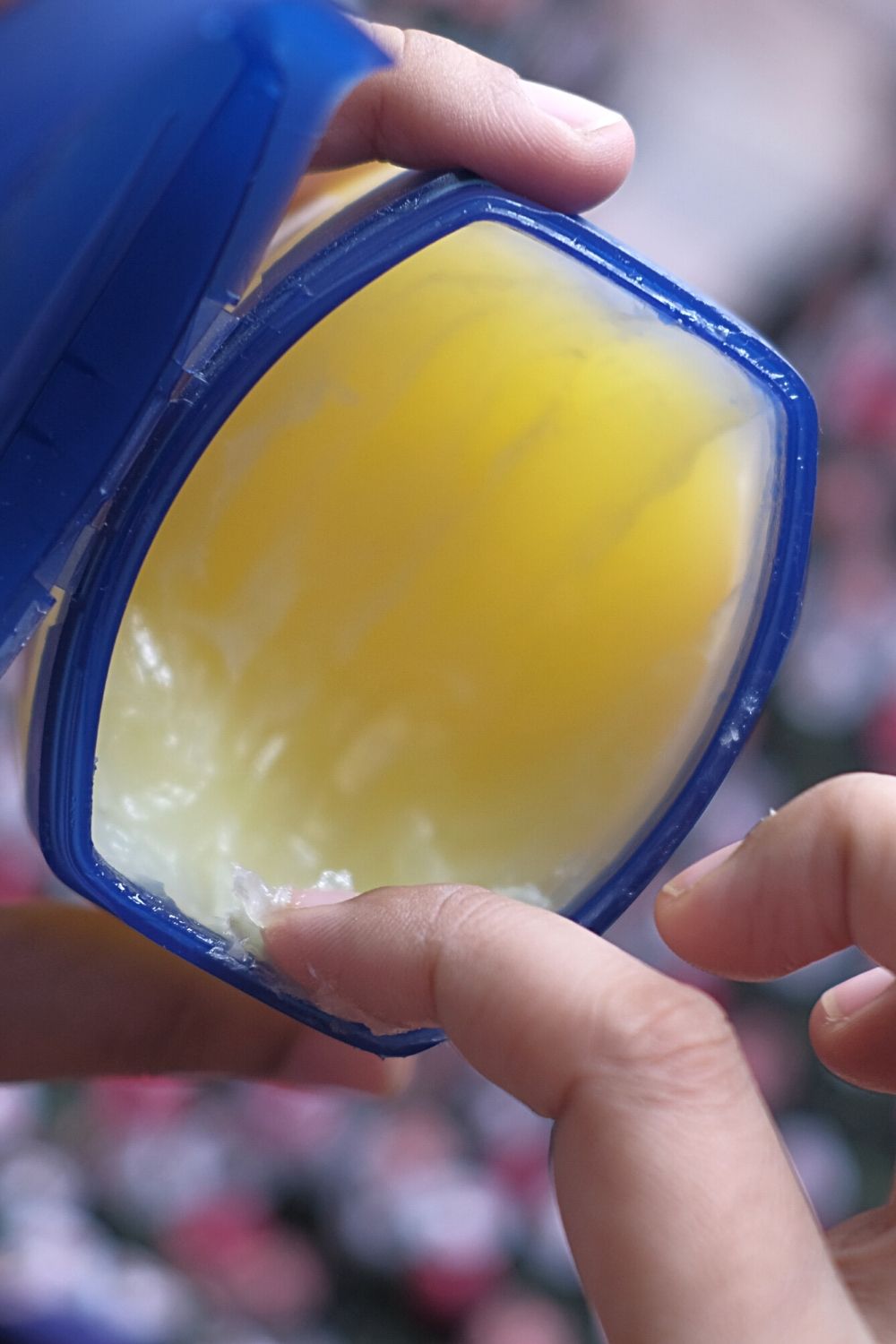
Applying a tiny coat of vaseline under the lid of the clown isopods’ enclosure can be done to prevent them from scaling the tank
Because you’re on the lesser end of the scale, you must be able to host at least a bunch of five or so bugs prior to actually switching out their habitat.
Your selected environment, however, will require a lot of airflows.
Opt to buy or make a container with enough air vents on the top and sides. Any dead spots in the ventilation may lead to the death of your Clown Isopods.
Although if you just have very few isopods for a starting colony, you’ll need to put them in an enclosure that’s roughly 1.5 gallons in capacity, which is around 6 quarts.
Take into account that this would only satisfy the size requirements for a small group of bugs. If the population of bugs grows, you’ll need to expand your container.
A general reference to the diameter of an enclosure in proportion to the number of bugs you have is provided below:
- 10-24 bugs – 10 gallons
- 25-49 bugs – 20 gallons
- 50 to 99 bugs – 30-40 gallons
- 100 or more bugs – 75 gallons
Substrate
Isn’t it nice to have alternatives for different kinds of settings?
You’ll need a moisture-retentive substrate in at minimum one location to generate this humidity variation. In fact, if you’re careful as to where you irrigate, you may always use tropical soil in your cage.

Tropical soil is one good substrate to use for your clown isopods’ enclosure as it is moisture-retentive
If you’re employing them in a particularly dry environment, you can have this restricted to one area. Coco coir and sphagnum moss and leaf litter, plenty of leaf litter, can all assist.
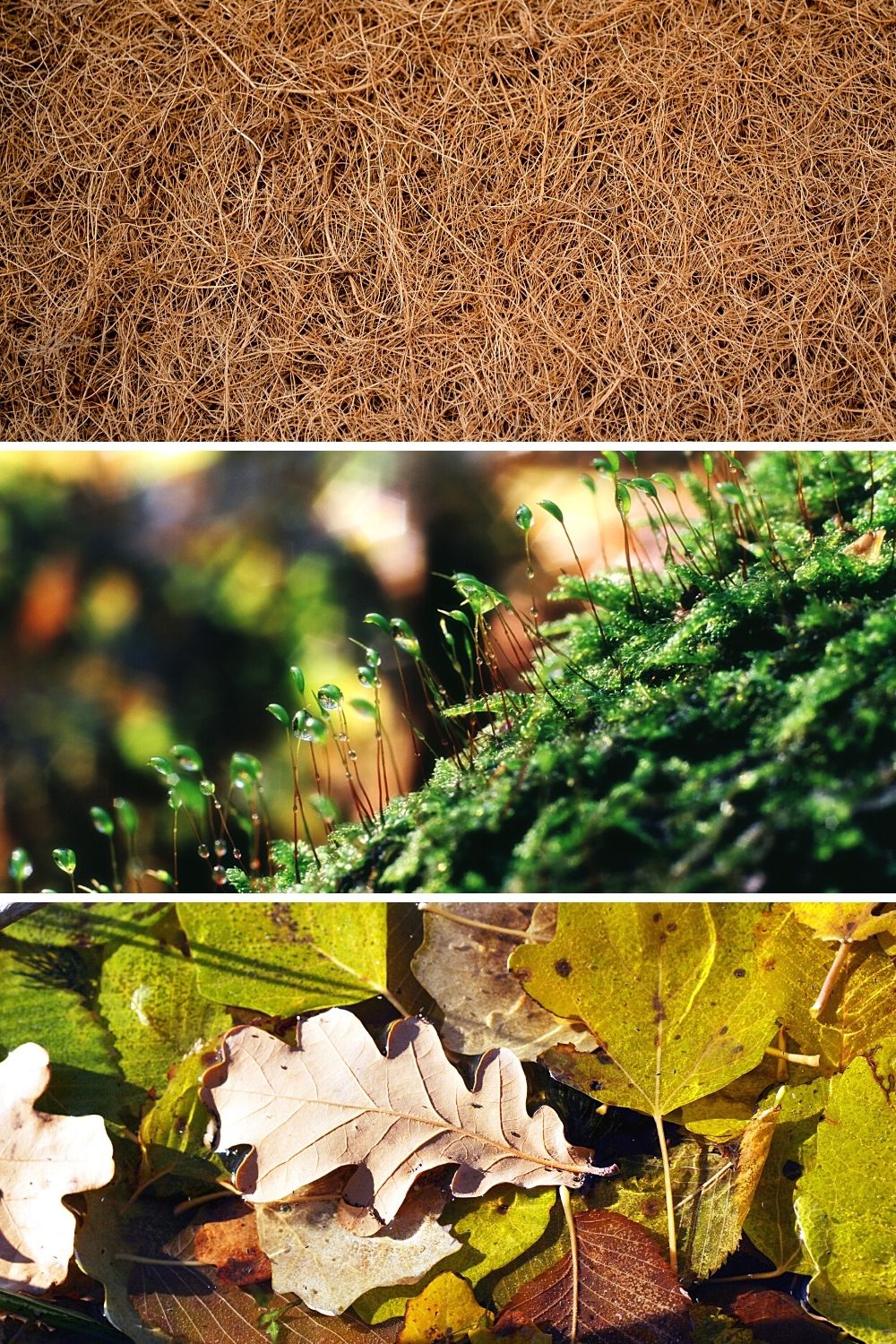
Adding coco coir, sphagnum moss, and leaf litter to your clown isopods’ substrate can help restrict the moisture in one area
You may also buy powdered limestone to add little native surroundings to your area.
The optimum proportion to incorporate all of these elements is to cover slightly less than half of the surface in rotting wood with:
- 15% dried leaves
- 10% sphagnum moss
- 25 percent coco fiber
- 10% crushed limestone
Temperature
Clown Isopods in the natural habitat will maintain their internal temperature rather than rely on their surroundings. The pill bugs’ activity will change depending on how chilly or hot the surrounding region is.
They hide in the dark or crawl beneath the top surface of dirt if it’s too hot.
When they’re put in an enclosure, they’ll still have this habit change, but it’s preferable to give them a head start and maintain the temperature fairly steady.
The ordinary bug is notable for its hardiness and ability to withstand wide temperature ranges.
Except if the temperature abruptly changes, Clown Isopods thrive very well. However, they are incapable of dealing with extremes.
The optimal temperatures for Armadillidium klugii are rather simple. An ambient temperature of 70 to 85 degrees Fahrenheit or 21 to 29 degrees Celsius should suffice, but you may notice that they’re particularly abundant at the upper end.
If you’re raising Clown Isopods or establishing a fresh colony, it could be good to increase the temperatures somewhat to get things moving in a variety of methods.
The isopods appreciate that this spectrum is maintained, as well as the moisture level is monitored on a regular basis.
Based on the owner’s residence, this can prove to be challenging. Those who live in cold environments might like to ponder investing in anything that will increase the container’s general temperature.
There are warmers that may be placed below the container and maintain the temperature stable within that desired range. The addition of substrate will result in an increase in heat.
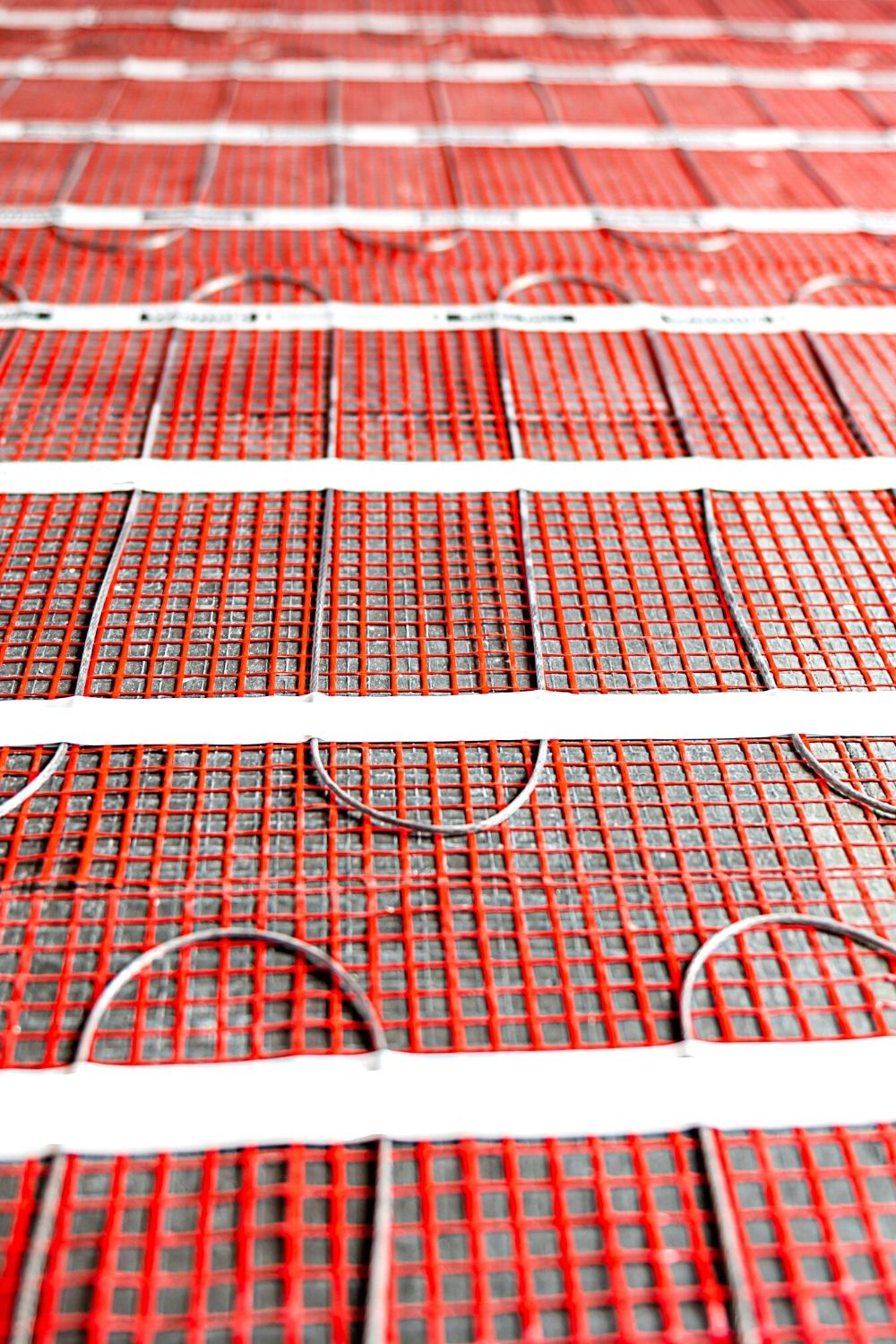
You can invest in placing a heating mat or pad under your clown isopods’ enclosure to maintain the substrate’s temperature
Your tank’s location is very important if you reside in an overheated environment. Rooms located far away from direct sunlight openings are generally cooler.
View this post on Instagram
Humidity
With this organism, many expert breeders require a substantial humidity gradient. Clown Isopods may favor a dryer habitat in general, with a much smaller moist region to assist them in adjusting when needed.
Obviously, a wet tropical habitat isn’t the wisest choice. Especially those with automatic misting devices that will water the entire surroundings randomly.
On the other hand, this qualifies them as possible cleanup teams in bioactive dry environments.
The perfect level seems to be a point of contention when it relates to humidity.
In fact, all isopods require a certain quantity of humidity to thrive (they are crustaceans, after all). You can definitely get off with a bit less than you normally would if you notice they’re happy in drier surroundings.
As with most isopods, anywhere above 50% is okay, and it’s easy to achieve in an enclosed container. Therefore, as long as you’re providing your container with some humidity, we are confident you’ll be good.
The kind of medium you use can affect your Isopod’s humidity level. Natural things like moss and coconut fiber seem to acquire the most when related to moisture.
Yellow squash has also been included as a source of extra moisture. You can also sprinkle the container on a regular basis, which would also be adequate.
Diet
This type thrives on the normal isopod diet of decaying leaf litter and softwoods.
They’re not demanding, so you can simply augment them with whatever veggie leftovers you have on hand.
To avoid mold breakouts, you can sprinkle a small amount at a time and adhere it to drier items.
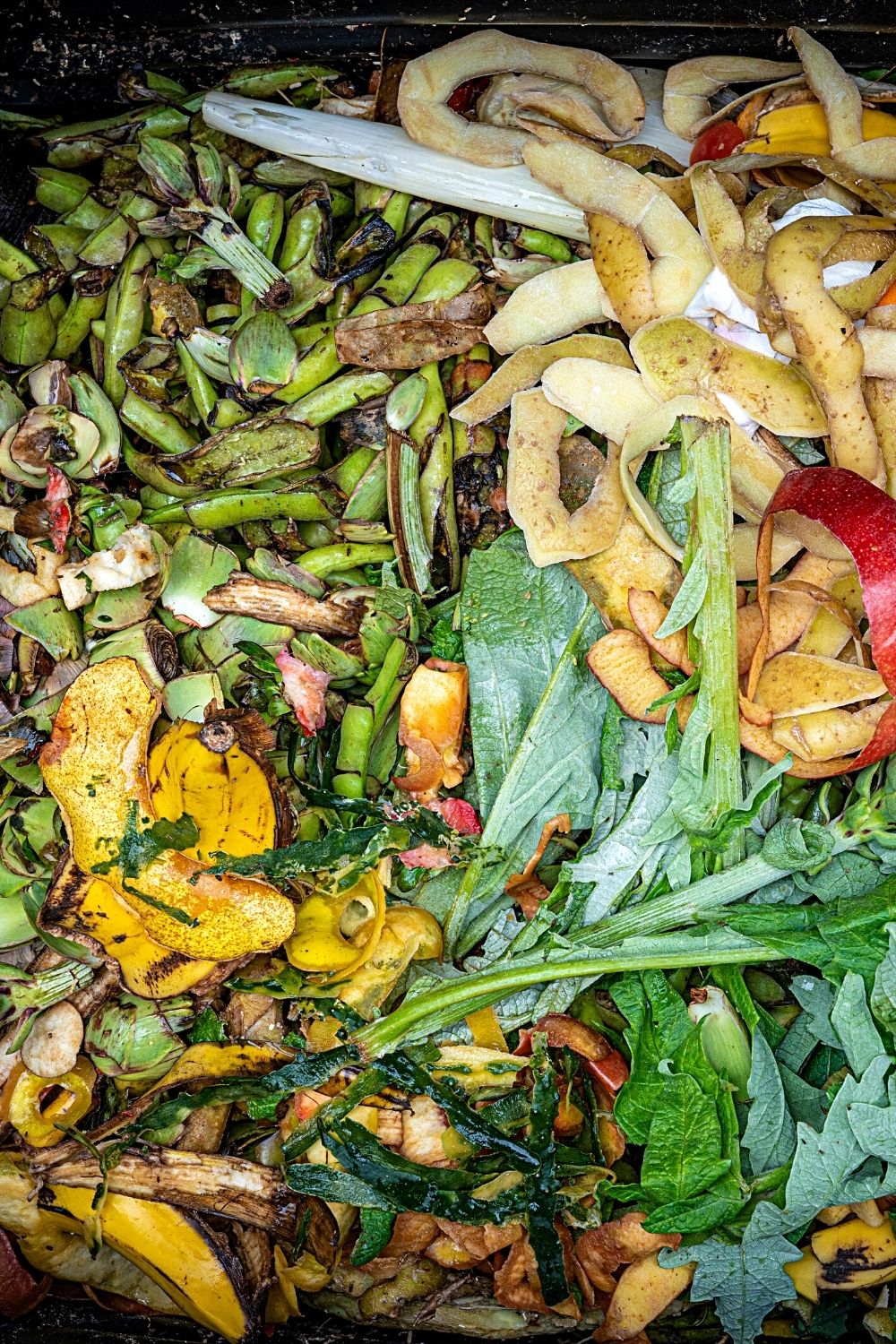
Sprinkle a small amount of veggie leftovers to avoid mold breakouts in case you use these to feed your clown isopods
You won’t have to feed them as frequently as you would other species because Clown Isopods aren’t very productive.
Like other creatures with a strong calcified shell, Clown Isopods prefer a larger percentage of calcium and protein in their meals.
Toss in some eggshells or cuttlebones occasionally or some chilled fish to provide them a protein boost together with the calcium.
Breeding
Armadillium klugii ‘Montenegro’ generally reproduces readily. The median growth period is seven months.
Because the offspring are small and largely situated in the bottom layer, they are barely noticeable.
In the spring and summer months, isopods are more likely to reproduce. They aren’t too difficult when it concerns reproducing them inside your own terrarium.
All you have to do is be certain that all of their demands are met, particularly in terms of humidity and food availability.
Frequently Asked Questions about Clown Isopods Care
Can Clown Isopods be kept in terrariums?
Clown Isopods thrive in terrariums with high humidity and dampness because they are crustaceans with gills rather than insects. As a result, we must guarantee that they will have a sufficient supply of humidity at all times, or your isopods may perish to starvation.
How much space do the Clown Isopods need in a container?
To grow a tiny colony of one of the Clown Isopod’s starting cultures, we suggest a habitat with a minimum of six quarts of total volume, approximately 1.5 gallons. The container’s capacity can be raised significantly as the community expands.
Is it important to have air holes in the container for your Isopod?
Holes in the container’s lid are useless since they don’t promote airflow. Baby isopods fleeing from neighboring containers can land onto the cover and creep through the openings to set themselves in adjoining colonies. This risk is minimized if ventilation openings are just on the sidewalls.
Conclusion
Clown Isopods (Armadillidum klugii) are well-known for making excellent vivarium and terrarium additions.
Clown Isopods are ideal for breeders looking to add medium-humidity Isopods to their assortment.
This variety is native to the region of Dubrovnik, Croatia, and is prized for its vibrant colors and distinctive patterning.
These stunning Isopods are a robust, medium-sized type that flourishes in well-kept terrarium containers. With sufficient food and mineral intake, the Clown Isopod populations begin to prosper.

